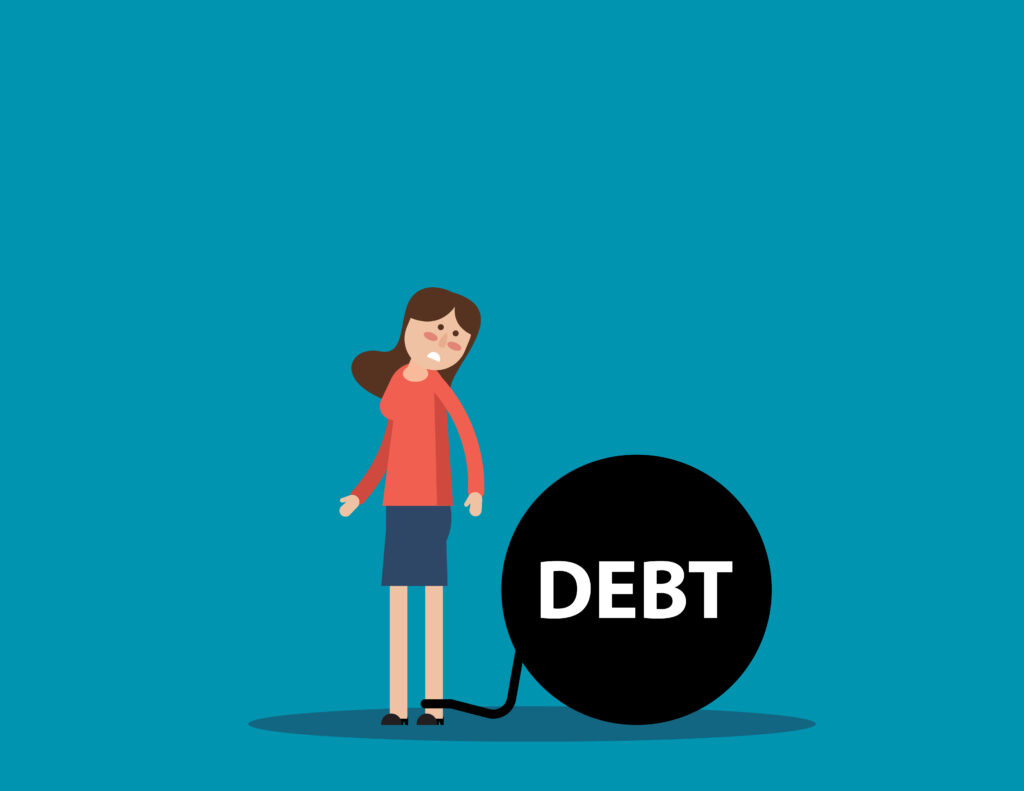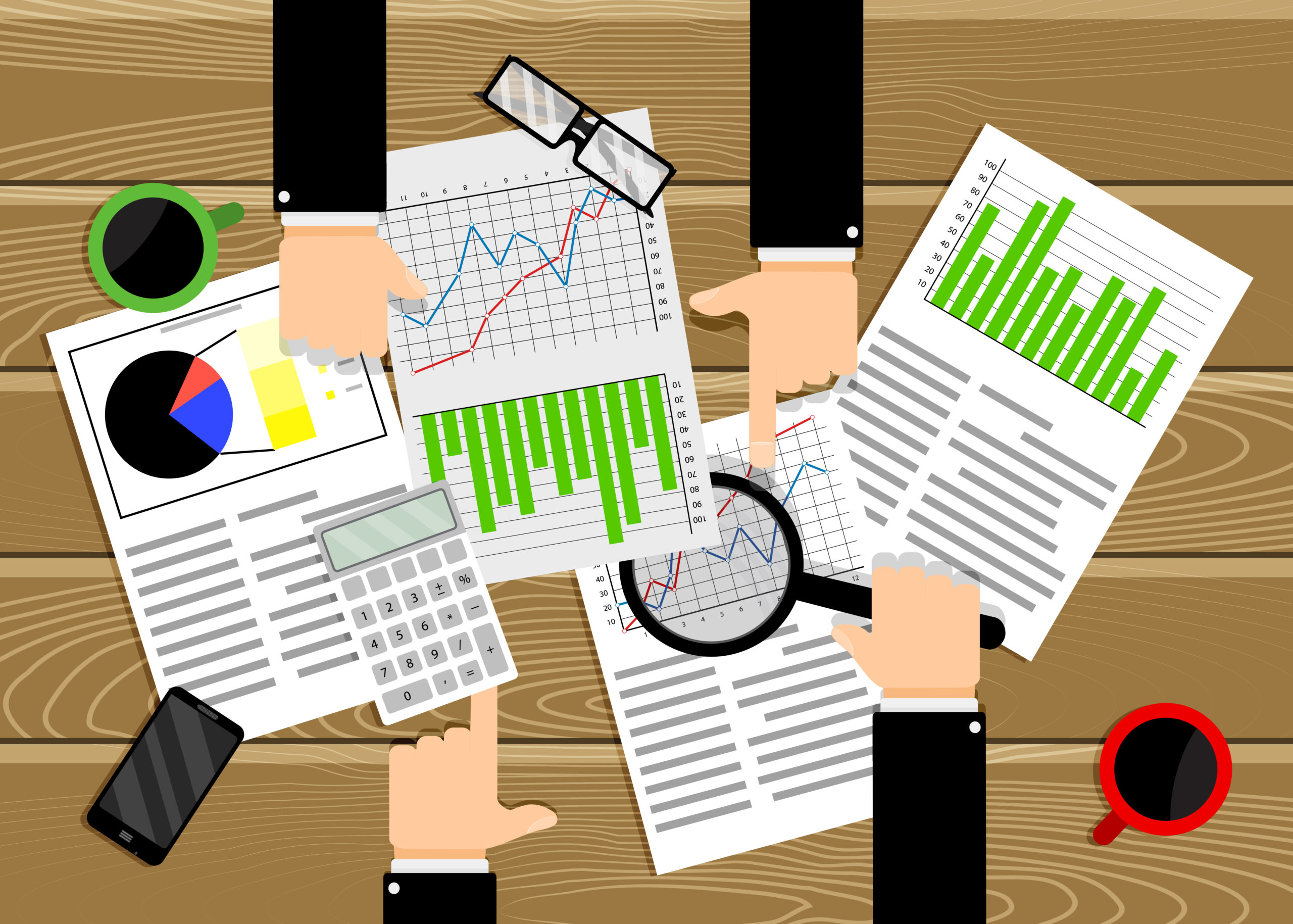Do you feel like your debts are holding you back?
Are you tired of living paycheck to paycheck, just trying to keep up with bills?
You’re not alone.
Many people struggle with debt — from credit cards and loans to medical bills and student loans.
But here’s the good news:
You can take control of your debt.
You don’t need a high income or a finance degree.
You just need to understand how debt works and what steps you can take to get out of it — for good.
In this article, we’ll show you how to move from surviving with debt to thriving without it.
We’ll use simple words, real-life examples, and clear steps anyone can follow.
Let’s begin.
What Is Debt?
Debt is money you owe someone else.
Some common types of debt include:
- Credit card bills
- Car loans
- Student loans
- Medical bills
- Personal loans
- Rent or utility bills you haven’t paid yet
When you borrow money, you agree to pay it back — usually with interest (extra money added as a cost for borrowing).
The more debt you have, the harder it is to save money, buy a home, or even sleep at night.
But there is a way out.
Step 1: Know Exactly How Much You Owe
Before you can fix anything, you need to know what you’re dealing with.
Start by writing down all your debts.
Include:
- Who you owe
- How much you owe
- The interest rate (if you know it)
- How much you pay each month
This might feel scary, but it’s the first step toward freedom.
Example:
Maria writes down her debts:
| Debt Type | Amount Owed | Monthly Payment |
|---|---|---|
| Credit Card A | $2,000 | $75 |
| Credit Card B | $1,500 | $60 |
| Medical Bill | $800 | $40 |
| Total | $4,300 | $175/month |
Now Maria knows exactly where she stands.
From here, she can make a plan.
Step 2: Understand the Cost of Debt
Debt costs more than just the amount you borrowed.
Most debts charge interest, which means you end up paying more over time.
For example, if you only pay the minimum on a credit card, it could take years — and cost hundreds or thousands extra.
That’s why it’s so important to pay off debt faster, not just make small payments forever.
Step 3: Choose a Debt Payoff Strategy
There are two main ways to pay off debt:
1. The Snowball Method
This method focuses on paying off smaller debts first, then moving to bigger ones.
Why it works:
- You get quick wins that motivate you
- It builds confidence and momentum
2. The Avalanche Method
This method focuses on paying off debts with the highest interest rates first, regardless of size.
Why it works:
- You save more money in the long run
- You reduce the total interest paid
Choose the one that fits your personality best.
Example Using the Snowball Method:
Back to Maria’s list:
| Debt Type | Amount Owed | Monthly Payment |
|---|---|---|
| Medical Bill | $800 | $40 |
| Credit Card B | $1,500 | $60 |
| Credit Card A | $2,000 | $75 |
She decides to focus on the smallest debt first: the $800 medical bill.
She keeps making the minimum payments on the others, but puts any extra money toward the medical bill.
Once it’s paid off, she moves to the next smallest — and so on.
Each time she pays off a debt, she feels stronger and more in control.
Step 4: Make a Budget That Works for You
To get out of debt, you need to know where your money is going.
A budget is simply a plan for how you spend your money.
Here’s how to start:
- Write down how much money you earn each month.
- List your monthly expenses.
- Decide how much you will spend on each item.
- Leave some money for savings or unexpected costs.
Be realistic — don’t say you’ll spend $10 on food if you usually spend $100.
Set limits — decide how much you’ll spend on clothes or eating out.
Review your budget every month — adjust it if needed.
You don’t need special tools. Just a pencil, paper, or a free budgeting app.
Step 5: Lower Your Interest Rates
High interest makes debt grow faster.
Here’s how to lower your rates:
- Call your credit card company and ask for a lower rate
- Consider transferring balances to a card with a lower interest rate
- Look into debt consolidation loans (only if they truly help)
Even a small drop in interest can save you hundreds or thousands over time.
Step 6: Stop Adding More Debt
Getting out of debt is hard enough without adding more.
Avoid using credit cards unless you can pay them off in full each month.
If you’re tempted to spend, try these tips:
- Use cash instead of cards
- Set spending limits
- Wait 24 hours before buying something not needed
Changing your habits now will help you stay free later.
Step 7: Build an Emergency Fund
What happens if your car breaks down or you lose your job?
Without emergency savings, you might go back into debt.
Start small. Even saving $10 or $20 a week helps.
Your goal should be to save 3–6 months of living expenses.
This gives you peace of mind and protects you from falling back into debt.
Real-Life Example: Carlos Gets Out of Debt
Carlos had $6,000 in credit card debt. He was stressed and didn’t know where to start.
He followed these steps:
- He listed all his debts.
- He chose the snowball method.
- He made a budget.
- He lowered his interest rates.
- He stopped using credit cards.
- He started saving a little each month.
Two years later, he was completely debt-free.
Carlos didn’t win the lottery or inherit money.
He just made smart choices — and stuck with them.
Mistakes People Make With Debt (And How to Avoid Them)
Even smart people make mistakes. Here are the most common ones — and how to avoid them:
❌ Only paying the minimum – This keeps you in debt for years and costs more in interest.
✅ Solution: Pay more than the minimum whenever possible.
❌ Ignoring small debts – Small debts add up fast.
✅ Solution: Include all debts in your plan — no matter how small.
❌ Taking on new debt while paying off old – This slows progress.
✅ Solution: Stop using credit cards until you’re free.
❌ Not having a budget – Without a plan, it’s easy to overspend.
✅ Solution: Track your income and expenses every month.
❌ Giving up after one mistake – One slip-up doesn’t mean failure.
✅ Solution: Review your plan and try again next month.
Teach Kids About Debt Early
Parents, here’s a tip: teach your kids about money early.
Help them understand:
- What debt is
- Why it’s better to save than borrow
- How to live within their means
Start small:
- Give them a small allowance
- Let them decide how to spend it
- Encourage them to save part of it
Even a few dollars can teach powerful lessons.
Final Thoughts: You Can Go From Surviving to Thriving
You don’t need to be rich to manage debt.
You just need to care enough to make a plan.
Use these key ideas:
- Know exactly how much you owe
- Choose a debt payoff strategy that works for you
- Make a budget and stick to it
- Lower your interest rates when possible
- Stop adding more debt
- Build emergency savings
- Learn from mistakes — keep going
Remember: the goal isn’t to be perfect — it’s to make progress.
Call to Action: Start Today
Don’t wait for “some day.”
Start now.
Grab a notebook or open your phone.
Write down how much you owe.
List your debts.
Decide which strategy to use.
Every great journey begins with one small step. Yours starts today.
Additional Resources
Looking for more help? Check out these beginner-friendly sites:
- Khan Academy – Personal Finance – Free lessons for all levels
- Mint Budgeting App – Helps track spending and build a budget
- Federal Citizen Information Center – U.S. government site with tips on managing money
- Dave Ramsey – Debt Snowball Tool
- Credit Karma – Understanding Credit Cards
Summary: Key Points to Remember
- Debt is money you owe someone else.
- Knowing how much you owe is the first step to getting out.
- There are two main strategies: snowball (small debts first) and avalanche (high interest first).
- Make a budget to control your money.
- Lower interest rates to save money over time.
- Stop using credit cards unless you can pay them off in full.
- Build emergency savings to protect yourself.
- Learn from mistakes — don’t give up.
- Teach children about debt — it builds lifelong skills.
- Start today — small steps lead to big results.
You Got This
You don’t need to be an expert to manage debt.
You just need to care enough to try.
Take a deep breath.
You’ve got this.
Your future is worth it.







Deixe um comentário